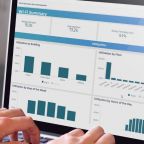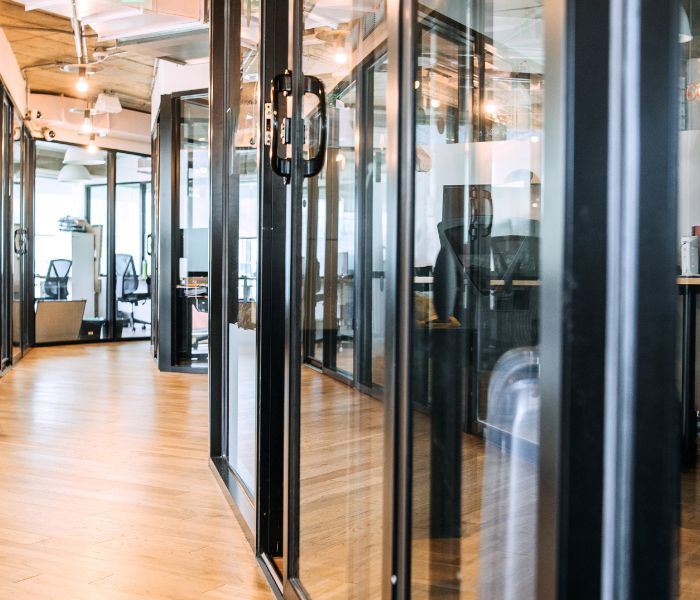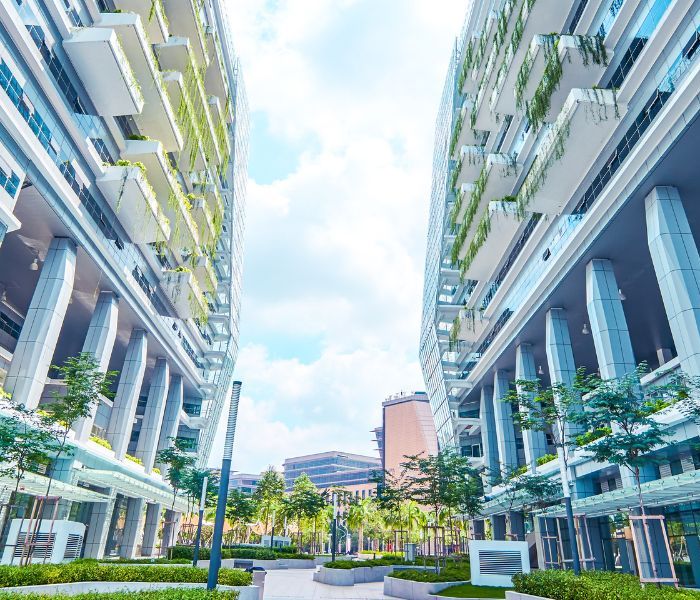A few weeks ago I attended Academic Impressions’ Integrated Space Planning for Higher Education conference in Dallas, Texas. It was two full days packed with presentations and working discussions on space management concerns and global space management trends for universities.
I learned a tremendous amount about some of the issues individuals were experiencing at their institution:
Classrooms are set up how they were a long time ago. A lot of residence halls, recreational centers, and classrooms were built many years ago and teaching styles and trends today are much different.
Students not getting the courses they want when they want. One university that presented said they had to send away nurses because they didn’t have enough space. If they didn’t meet a certain GPA requirement they couldn’t get into the program. These students ended up leaving the university and going elsewhere where they could get into another program.
Parking shortages. There is not enough space on campus to allow everyone to commute, instead universities are utilizing public transportation.
Insufficient technology in classrooms. A lot of universities find their technology is outdated and not maintained during their space utilization review. They need to make sure there is a line item in their budget each year for this or it gets overlooked.
There are many ways of thinking around utilizing space on campus to create more effective learning environments in a way that reflects changing values and learning styles of your students:
Get the books out of the library. Instead, make more room for the students. The library is the core of a university and has the best square footage on campus. Students use the library 24 hours a day and they need space to be active and collaborative. Books are not as widely used as they used to be with the advances in technology and that space could be much more effectively used for something worthwhile. Convert the space that is used for book shelves and turn it into quiet study spaces, student lounges, and small group rooms.
Take the food to the students. Core space is being wasted for 19 or more hours every day when food halls are not being occupied. Instead of having the students come to you, go to them. Contract with a food service truck, drive to the residence halls, and park outside of buildings in the peak hours of the day. One of the universities’ Assistant Provost said that having a food truck has been a huge hit on their campus. Park out front of the library, especially during finals, and students will line up throughout the night.
Repurpose existing space. Repurposing space is much more inexpensive then new construction. With the nature of classrooms and teaching approaches changing drastically from past years, students are coming in with expectations that the university isn’t prepared for. Move away from traditional seating. Turn classrooms into a more flexible, active, open interaction environment. Get monitors on the walls so students can work on projects, and add more student support areas where students can collaborate.
Develop a space management plan. Use benchmarking information for initial planning and then make changes depending on the information you get once the building is occupied. A big problem is after a project is complete you move onto the next project and you forget to evaluate it to make any needed changes. Make sure you analyze your space data and keep up with your growth so you don’t get lost.











